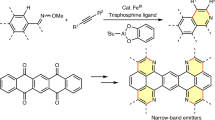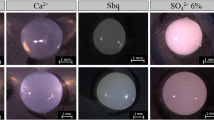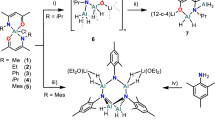Abstract
“ALUMEN” is mentioned frequently in the Historia Naturalis of the elder Pliny, and there has been some controversy about its identity. It is probable that the term was used loosely to describe a number of astringent salts, and it is clear from the tests prescribed in Pliny, H.N. 35, 184–5 (the blackening of pomegranate juice and nut-galls), that the word was sometimes used to describe a compound of iron, perhaps the sulphate, derived from iron pyrites by oxidation. Ajasson, however, boldly identifies the “alumen” mentioned in H.N. 33, 88, as sulphate of aluminium, but gives no reasons for so doing.
This is a preview of subscription content, access via your institution
Access options
Subscribe to this journal
Receive 51 print issues and online access
$199.00 per year
only $3.90 per issue
Buy this article
- Purchase on SpringerLink
- Instant access to full article PDF
Prices may be subject to local taxes which are calculated during checkout
Similar content being viewed by others
Author information
Authors and Affiliations
Rights and permissions
About this article
Cite this article
BAILEY, K. The Identity of “Alumen” in Pliny's Natural History. Nature 115, 764 (1925). https://doi.org/10.1038/115764a0
Issue date:
DOI: https://doi.org/10.1038/115764a0



